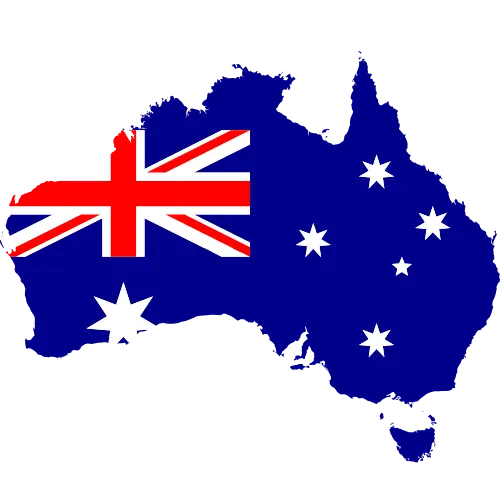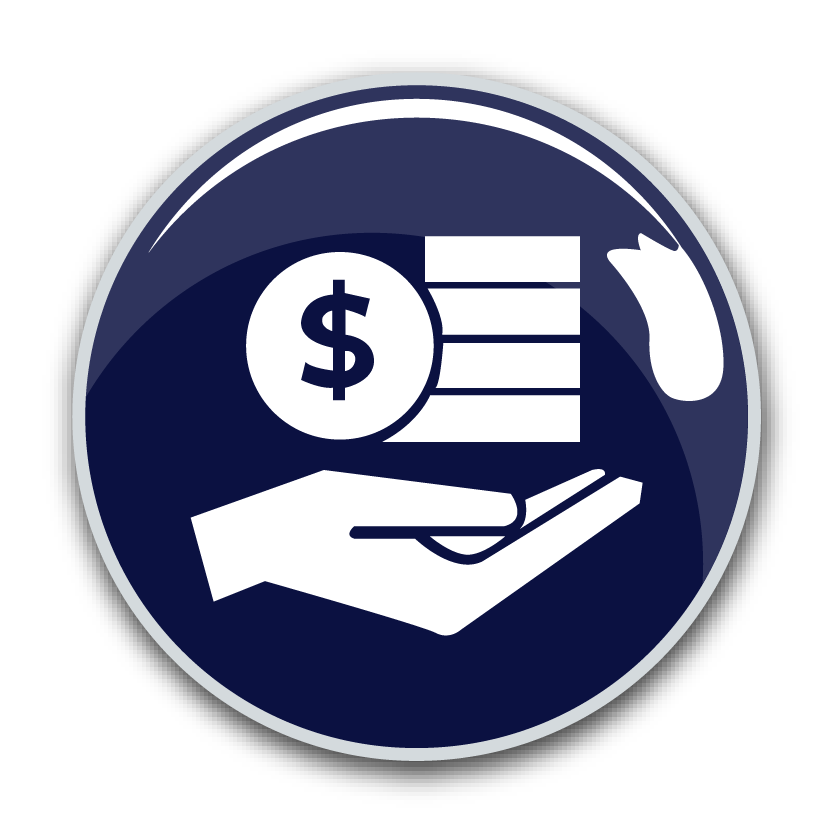
Study in Australia
Explore top-ranked universities, diverse courses, and exciting career opportunities in Australia. From admission guidance to visa support, we make your dream of studying in Australia a reality....


Explore top-ranked universities, diverse courses, and exciting career opportunities in Australia. From admission guidance to visa support, we make your dream of studying in Australia a reality....

Capital
Total International Students
Average Tuition Fees
Number of Universities
Employment Rates
Official Language
Popular Industries
Accommodation
Scholarships
Cost of Living
Australia has risen as one of the best leading destinations for study in Australia, which is one of the most preferred choices by international students looking to study in Australia with scholarship opportunities. It has some of the world-leading universities, cutting-edge academic campuses and research-based cultures, which along with the multicultural mix, make learning a great experience. Whether it is any Group of Eight universities in Australia or vocational colleges in Australia, the tertiary institutions are praised for their study in Australia offerings that serve diverse academic and career interests.1.1 Universities of repute All over the WorldThere are more than 40 universities... Read More
The study in Australia education system is internationally rated and admired with its quality, innovation and focus on the results of students.
Australian Curriculum offers uniformity among the states and ensures that the students living within the nation achieve their top competencies in all subjects.
Australia ranks as one of the favored study abroad destinations by international students due to its reputed universities in Australia and multicultural campuses.
Institutional accountability and the quality of education is checked at all levels by the Department of Education and training regulators such as the TEQSA.
A majority of Australian programmes have internships, industry placements or project learning that makes the students job-ready in the international work environment.
The offering made available by the university has thousands of courses in different areas such as business, engineering, health, arts, and environmental science.
Some admission requirements for studying in Australia
| Study Level | Minimum Academic Requirement | Entrance Exams Required | Language Proficiency | Other Requirements |
|---|---|---|---|---|
| Diploma / TAFE | 12th grade or equivalent (minimum 60%) | No Entrance Exams | IELTS 5.5 / TOEFL 46 / PTE 42 | Statement of Purpose, Resume (if applicable) |
| Undergraduate Degree | 12th grade with minimum 65-70% (varies by university) | SAT and ACT | IELTS 6.0 / TOEFL 60 / PTE 50 | SOP, LORs, Resume, Portfolio (for design/art courses) |
| Postgraduate Degree | Recognised Bachelor’s degree (55-60% minimum) | GMAT, GRE, MCAT, LCAT | IELTS 6.5 / TOEFL 79 / PTE 58 | SOP, 2 LORs, Resume, Work Experience (preferred) |
| MBA | Bachelor’s degree (minimum 2.5 GPA or 55%) | GMAT/GRE | IELTS 6.5 / TOEFL 79 / PTE 58 | Minimum 2 years work experience, GMAT (for top schools) |
| PhD / Research | Master’s degree in relevant field | Doesn't Typically Require Entrance Exams | IELTS 6.5–7.0 / TOEFL 90+ / PTE 65+ | Research Proposal, Supervisor Consent, Publications (if any) |
Australia has 13 years of school education, preparatory year, primary school, secondary education which can be followed by a senior certificate.
VET courses bring both practical and industry-specific skills with certificates and diplomas being offered by TAFEs and privately owned colleges throughout Australia.
Bachelor degrees are usually three to four-year programs which are geared towards rudimentary knowhow, logical analytics and academic study.
Master and doctoral degrees involve more specialized coursework or research so that the student can specialize and further master special areas involving different majors.
Australian institutes provide part time, online, and combined courses, which enable the student across different countries to be able to access higher education.
Credit transfer systems enable students to move across qualification levels and also across institutions by encouraging lifelong learning and academic mobility.
Government agencies such as TEQSA and ASQA demand high educational standards by carrying out stringent checks on quality and accreditation of the institutions.


| University Name | Rank | City | Courses |
|---|---|---|---|
| University of Melbourne | #1 | Melbourne, Victoria | Design, Agriculture, Humanities and Social Sciences |
| Australian National University | #2 | Canberra | Business and Economics, Arts, Law, Meds, Computer Science |
| University of Sydney | #3 | Sydney | Medicine and Health, Law, Eco |
| University of Queensland | #4 | Brisbane, Queensland | Engineering, Health, Business, Law |
| University of South Wales | #5 | Cardiff, Pontypridd | Business and Management, Life Sciences, Computing and Mathematics |
| Monash University | #6 | Melbourne | Medicine, Health, Nursing, Business |
| University of Western Australia | #7 | Perth, West Australia | Data and Computer science, Law, Engineering, Education, Business |
| University of Adelaide | #8 | Adelaide | Business, Economics, Health, IT |
| University of Technology Sydney | #9 | Sydney | Creative industries, Data science, Business, Mathematics, Engineering |
| Macquarie University | #10 | Sydney | Business, Law, IT, Psychology |
From student visas to intakes and job prospects—here’s everything you need to know before you apply.

Apply to an Australian institution included in CRICOS and obtain Confirmation of Enrolment(CoE) to continue the application of your visa.

Pay Subclass 500 student visa application fee online after you get CoE. Have the receipt as an assurance.

Create your ImmiAccount on the Department of Home Affairs webpage and fill out the Subclass 500 student visa as per study in Australia requirements.

Use materials such as CoE, passport, GTE statement, financial statements and proof of English proficiency such as IELTS/TOEFL.

In order to do this, the Department of Home Affairs might require a health examination and biometrics in order to carry out the process.

The immigration office will peruse your documents. When your application is decided upon an email is sent to you.


The major programmes in most universities are opened in February (both undergraduate and postgraduate).

Perfectly suited to individuals who have not been able to get to the February session or allow greater time.

Less popular and can be found in a few universities considered niche programs, diplomas and pathway sequences with an open schedule.


$100,000/year

$80,000/year

$90,000/year

$75,000/year

$95,000/year

$88,000/year

$85,000/year

| Degree | Minimum Fees | Maximum Fees | Average Fees |
|---|---|---|---|
| Bachelor of Science in Computer Science | $28,000 | $45,000 | $35,000 |
| Bachelor of Business Administration (BBA) | $30,000 | $46,000 | $38,000 |
| Bachelor of Arts in Psychology | $28,000 | $43,000 | $34,000 |
| Bachelor of Nursing (BSN) | $30,000 | $50,000 | $40,000 |
| Master of Science in Data Science | $35,000 | $55,000 | $45,000 |
| Master of Business Administration (MBA) | $45,000 | $70,000 | $55,000 |
| Master of Science in Computer Science | $38,000 | $60,000 | $48,000 |
| Master of Arts in Education | $32,000 | $50,000 | $42,000 |
| Scholarship Name | Application Deadline | Maximum Amount Award | Application Portal Link |
|---|---|---|---|
| Australia Awards Scholarships | 2026-04-30 | 100000 | Apply Here |
| Destination Australia Program | 2026-03-15 | 15000 | Apply Here |
| Research Training Program (RTP) | 2026-01-01 | 42000 | Apply Here |
| University of Sydney International Scholarships | 2026-09-30 | 40000 | Apply Here |
| Melbourne Graduate Research Scholarships | 2025-10-31 | 37000 | Apply Here |
| UNSW International Scholarships | 2026-07-31 | 30000 | Apply Here |
| ANU Global Diversity Scholarship | 2026-01-15 | 25000 | Apply Here |
| UQ International High Achievers Scholarships | 2025-12-01 | 20000 | Apply Here |

AUD 400 - AUD 1900

AUD 50 - AUD 150

AUD 130

AUD 400 - AUD 800

AUD 100 - AUD 300

AUD 20 - AUD 25

AUD 100 - AUD 200

AUD 200 - AUD 300